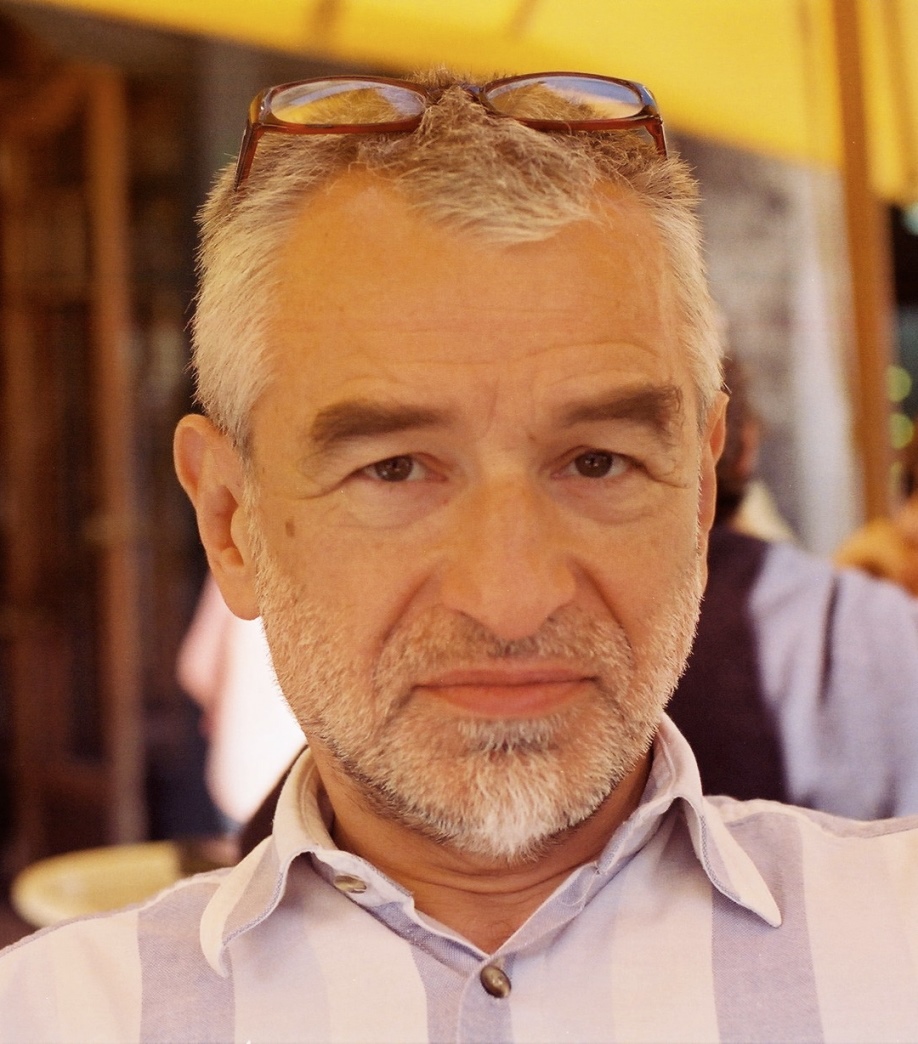Modeling of Polarization and Motility of Leukocytes in Three-Dimensional Environments

Cell crawling driven by cytoskeletal dynamics is the key mechanism for individual cell motility. A vast majority of both experimental and mathematical modeling studies of this process deals with crawling on two-dimensional substrates, where many cell types develop flat lamellipodia as movement organs, with motility being driven by a complex machinery based on an interplay between actin filament treadmilling and cell-substrate adhesion. In the proposed project, some of these efforts will be raised to three-dimensional cell environments, close to the in vivo extracellular constraints experienced by most cells, including migrating leukocytes. Initial motivation is provided by two recent observations: On the one hand, some cells develop lamellipodia not only on flat substrates, but also in three-dimensional suspensions; and on the other hand, crawling in three-dimensional constrained environments is possible without cell-substrate adhesions. In the mathematical part of the project two types of simulation models will be developed, where on the one hand, stochastic simulations on a subcellular or molecular scale will mimic the morphodynamics of functional parts of the cytoskeleton. On the other hand, integrated models for the morphology and mechanics of whole cells will also include a simplified account of signal transduction.